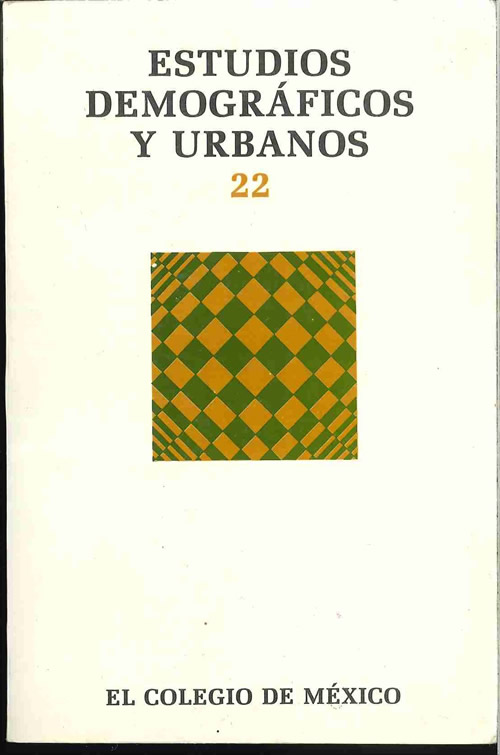Published 1993-01-01
Keywords
- Ciudad de México,
- dinámica urbana,
- actividad económica,
- concentración económica
How to Cite
-
Abstract1282
-
PDF (español)8006
Downloads
Copyright (c) 1993 Estudios Demográficos y Urbanos

This work is licensed under a Creative Commons Attribution-NonCommercial-NoDerivatives 4.0 International License.
Metrics
Abstract
The chief purpose of this article is to analyze the macroeconomic characteristics of Mexico City from 1876 to 1910 -the era which saw the beginning of economic concentration in the country's capital city. More specifically, the authors quantify the level of commercial and industrial concentration which established the determinating historical factors at the root of the city's modern economic evolution. In order to do so, Garza and Pescador delineate the various vehicles for commercialization and supplies which connected Mexico City with other production areas. As a result of this analysis, the authors propose a series of hypotheses that explain the logic behind the concentration of economic activity, not only in terms of the well-known phenomenon of centralized political power, but also in terms of geographical and financial aspects, and of the availability of transportation during that time. In conclusion, the autors propose that, among the many factors that encouraged economic concentration in Mexico City, the development of the railroad and the instalation of electricity -aspects which favored the central part of the country relative to other regions- were two determinating in the consolidation of the capital city.


